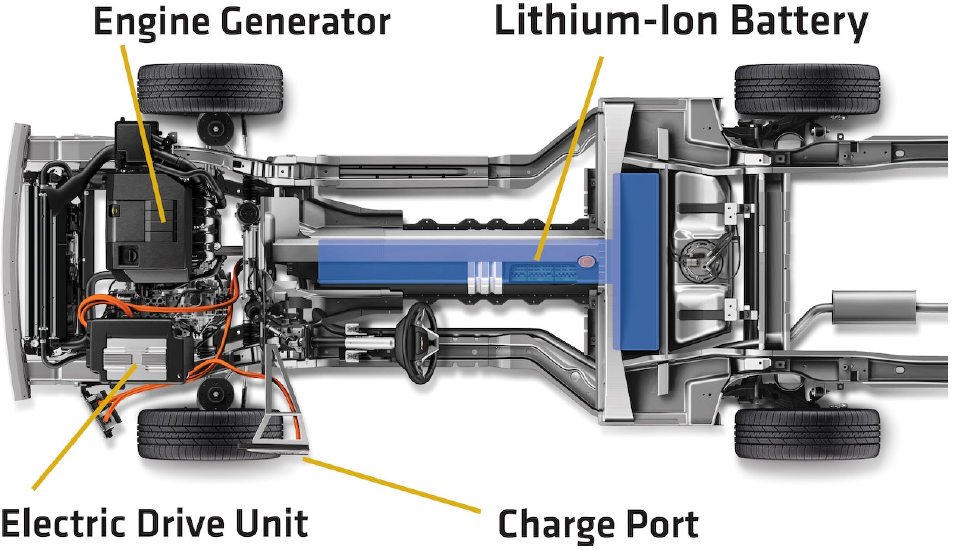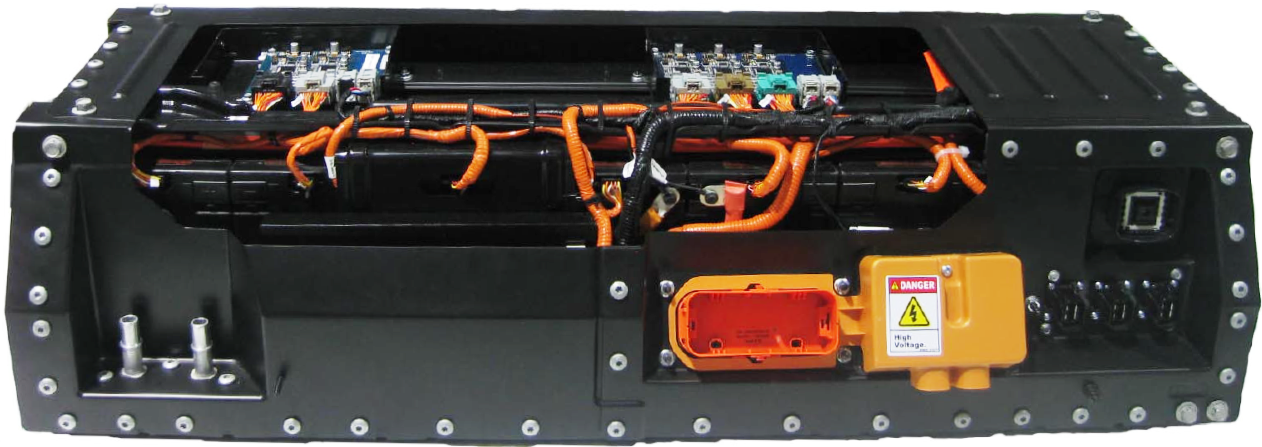4. October 2015 07:16 by Christian in
The top 10 causes of car fires:
- Fuel System Leaks (Gasoline above 257 Celsius will ignite by itself)
- Electrical System Failures (ICE car battery charging cycles can cause explosive hydrogen gas ignited by sparks from faulty/loose wiring)
- Spilled Fluids
- Overheating Engines
- Overheating Catalytic Converters
- HEV & EV Batteries
- Arson
- Car Crashes
- Poor Maintenance
- Design Flaws
Electric Vehicle Lithium-Ion Battery Packs are made of hundreds to thousands of battery cells that contain flammable liquid electrolytes. These lithium-ion battery cells can generate enough heat to ignite the electrolyte during the thermal runaway process. A short-circuit between cell's two electrodes can result in heat that increases due to chemical reactions until the electrodes burst into flame. Tesla developed a fast cooling system to prevent neighbouring battery-cells from catching fire if such thermal runaway event occurs. However, the cooling system cannot prevent spreading the fire if the battery-pack gets damaged by a large metal object as result of a collision. Among the fire safety solutions adopted by Tesla:
- battery-pack protect by a thick hardened aluminum housing
- firewall used to isolate the passenger compartment
- suspension software set to increase the battery-pack distance to ground at highways speeds
- Improved electrode's materials to increase safety of cells
- development of non-flammable electrolyte

Controlling Battery Charging
EV and PHEV battery charging is handled through a sophisticated controlled rectifier that takes power from the plug, at 120 or 220 volts alternating current, which is converted to direct current for the battery. The charging voltage needs to be carefully monitored since overcharging can reduce battery life and lead to fire risks. EVs and PHEVs may use in-vehicle systems such as GM’s OnStar and Ford’s Sync to communicate with the charger, allowing the monitoring of the battery state of charge through an Internet-enabled phone. Similarly, the charger may communicate with a smart meter through the Internet, allowing charging to occur when electricity rates are lowest.
Ford Battery-Pack

GM Volt Battery-PackNissan Leaf Battery-Pack
EVBatteriesPart1.pdf (4.74 mb)
EVBatteriesPart2.pdf (5.27 mb)
EVBatteriesPart3.pdf (4.29 mb)
EVBatteriesPart4.pdf (5.33 mb)
EVBatteriesPart5.pdf (3.72 mb)
Christian Rosu